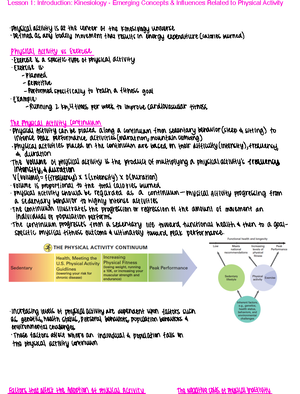- Information
- AI Chat
Was this document helpful?
Chapter 15: Abnormal Behavior & Psychological Disorders
Course: General Psychology (PSYC 10213)
67 Documents
Students shared 67 documents in this course
University: Texas Christian University
Was this document helpful?

What is abnormal behavior THEFOUR
F'S
THE FOURD's Frequency
socialDeviance AAmount oftime
Emotional Distress BBehavior
Maladaptive Dysfunction ccurve
Dangerous Function
ex FaultyperceptionsofReality feeling pain
biogas Fatal
DSM IV TR Definition
Behavioralemotional or cognitivedysfunctions that are
unexpected in their culture context and
associated with personaldistress or
substantial impairment in functioning
DSMVDefinition relatively the same
socially deviant behaviorleg politicalreligiousor sexual
anconflicts that are primarily between the individual 4
society are not mentaldisordersunless the devianceor
conflict results from adysfunction in the individual
Dsm
vuassificationsyster
Advantages
provides acommon basis for communication
helps clinicians make predictions
naming the disorder can provide comfort
Disadvantages
stigmashamenegativereputation
medical terminology implies internal cause
focus on weakness ignores strengths
sourceotAbnormatity
Early Beliefs
Four Humors fluids
demonic possession removed by exorcism
psychological models
psychodynamic source is internal conflict
Behaviorism source is maladaptive conditioning
Humanistic source is detachment of self image due
to demands ofothers roadblockto self actualization
attachment injury
cognitive source is irrational or distortedthinking
Bio
psychosocial Model source is acombination
of biology psychological factors asocialization
sociocultural social context
medical model underlyingphysical disorders










